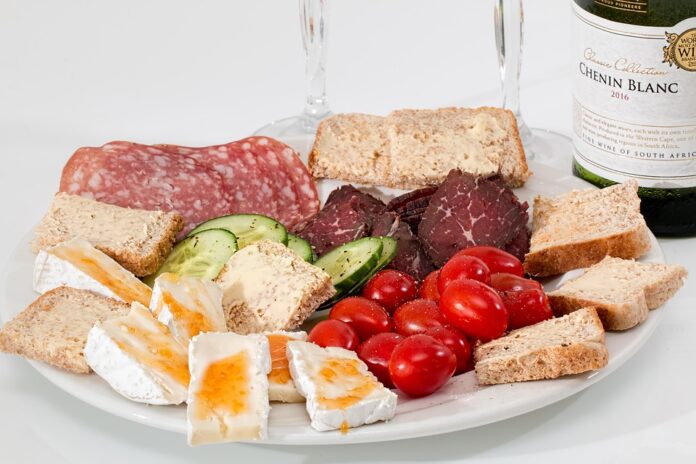Post-pandemic shifts: COVID-19 reshapes the delicatessen landscape
The COVID-19 pandemic has brought about significant changes in the delicatessen industry, with consumer behaviors and preferences shifting in response to the ongoing health crisis. As the world slowly emerges from the pandemic, the delicatessen landscape continues to evolve, presenting both challenges and opportunities for businesses in the sector.
Changing consumer preferences
The pandemic has led to a surge in demand for convenient and ready-to-eat food options, as consumers prioritize safety and convenience. Delicatessens have had to adapt to this shift by offering more grab-and-go options, pre-packaged meals, and online ordering services. According to data from the National Deli & Prepared Foods Merchandisers Association, sales of pre-packaged deli items increased by 15% in 2020 compared to the previous year.
Financial impact on delicatessen businesses
The pandemic has had a mixed financial impact on delicatessen businesses. While some establishments have seen a decline in foot traffic and sales due to lockdowns and restrictions, others have experienced a surge in demand for their products. According to a report by IBISWorld, the delicatessen industry saw a 5% decline in revenue in 2020, with smaller independent delis being hit the hardest.
Industry trends and insights
Despite the challenges brought about by the pandemic, the delicatessen industry is poised for growth in the post-pandemic era. Consumers are increasingly seeking out high-quality, artisanal products, with a focus on locally sourced and sustainable ingredients. Delicatessens that are able to cater to these preferences are likely to thrive in the new landscape.
Key players in the delicatessen industry
Several major players dominate the delicatessen industry, including national chains like Boar’s Head and Hormel Foods Corporation. These companies have a strong presence in the market and offer a wide range of deli products to consumers. Boar’s Head, for example, is known for its premium deli meats and cheeses, while Hormel Foods Corporation produces a variety of deli items under its Hormel brand.
Opportunities for growth and innovation
As the delicatessen landscape continues to evolve, there are opportunities for businesses to innovate and differentiate themselves from competitors. This could involve introducing new menu items, expanding online ordering options, or partnering with local suppliers to offer unique, locally sourced products. By staying agile and responsive to changing consumer preferences, delicatessens can position themselves for success in the post-pandemic era.
In conclusion, the COVID-19 pandemic has reshaped the delicatessen landscape in significant ways, with changing consumer preferences and market dynamics driving shifts in the industry. While the pandemic has presented challenges for delicatessen businesses, there are also opportunities for growth and innovation in the post-pandemic era. By staying attuned to consumer trends and embracing new strategies, delicatessens can navigate the changing landscape and thrive in the years to come.




